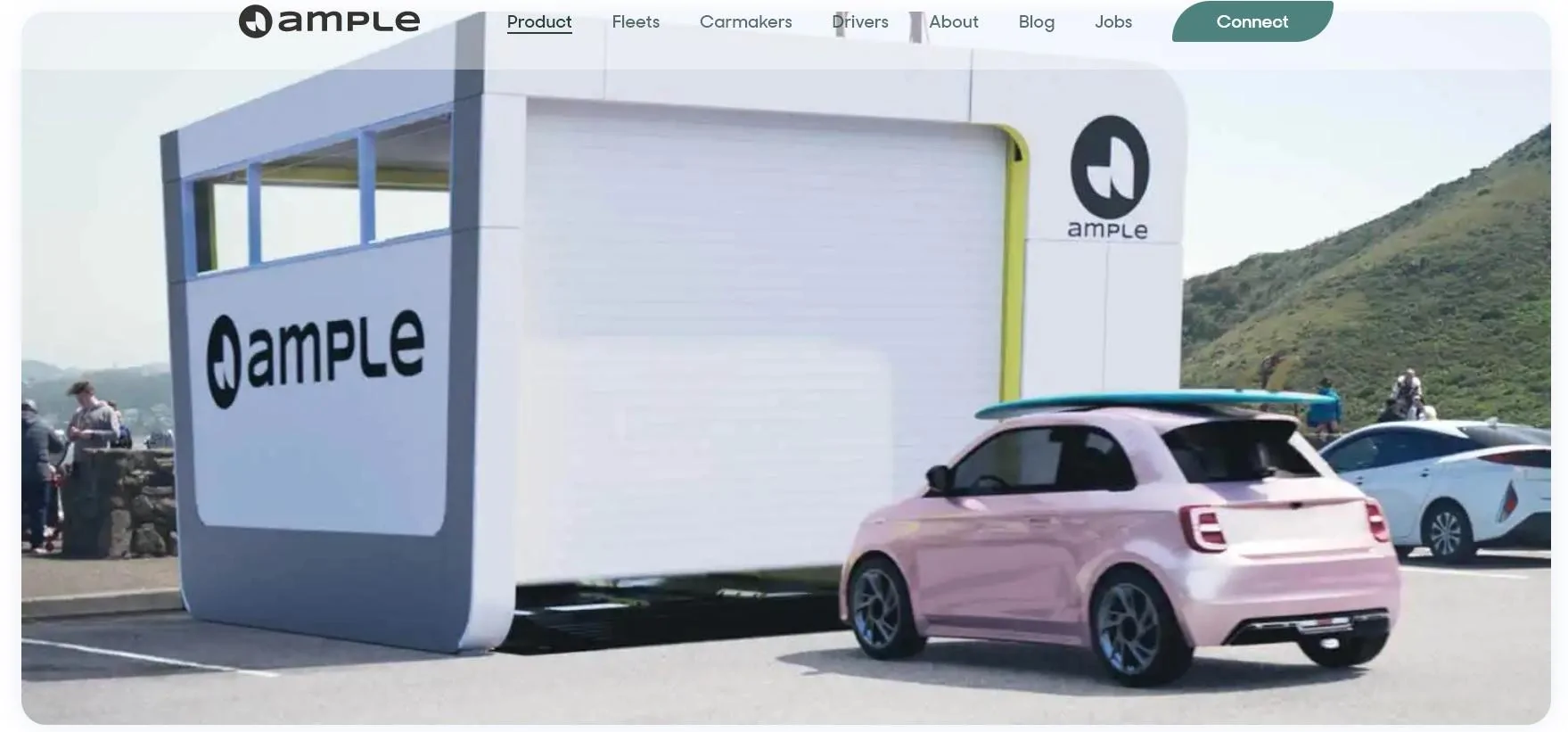invertedspear
Well-known member
- Joined
- Jan 18, 2023
- Threads
- 17
- Messages
- 1,159
- Reaction score
- 1,633
- Location
- AZ, USA
- Website
- lightningcalcs.pages.dev
- Vehicles
- Antimatter Blue XLT (312A) ER, 2004 Jeep TJ
Probably none, probably yes.I am trying to look at this logically. :
What is the difference between pulling the F-150 and having the F-150 (or any electric car) on a downhill grade with a greater grade than rolling friction?
Forgetting the inherent inefficiency, the question here is if it would work. Will it?
I think one major thing that people run into is charging from 0%. When plugged in several people have reported that it takes a lot longer to get that first 1% back into the battery than other levels of charge. Worse was someone recently reporting that it went from 5% SOC to 0 almost instantly. Considering this is the "OMG EMERGENCY!" situation you would consider flat-tow charging, you may have a situation where things are too dead to get the regen going, so you may not really be getting much, if anything, out of the flat-tow. So maybe the best time to do this would be at 10% realizing you only have 20 miles of charge left, immediately stop, flat tow back up to 50 miles of range, and hopefully that gets you to a charger.
Sponsored


